Despite over nine decades of existence, the film remains a classic, not only due to its story about a gigantic ape but also because of the amazing technical innovations it introduced.
Engaging Plot and Outstanding Performances
King Kong (1933) tells the story of Kong, a colossal ape living on Skull Island, who becomes infatuated with a beautiful young woman named Ann Darrow, played by Fay Wray. Ann is presented to Kong as a sacrificial offering, leading to a series of intense events. The film features prominent actors including Fay Wray, Robert Armstrong, and Bruce Cabot.
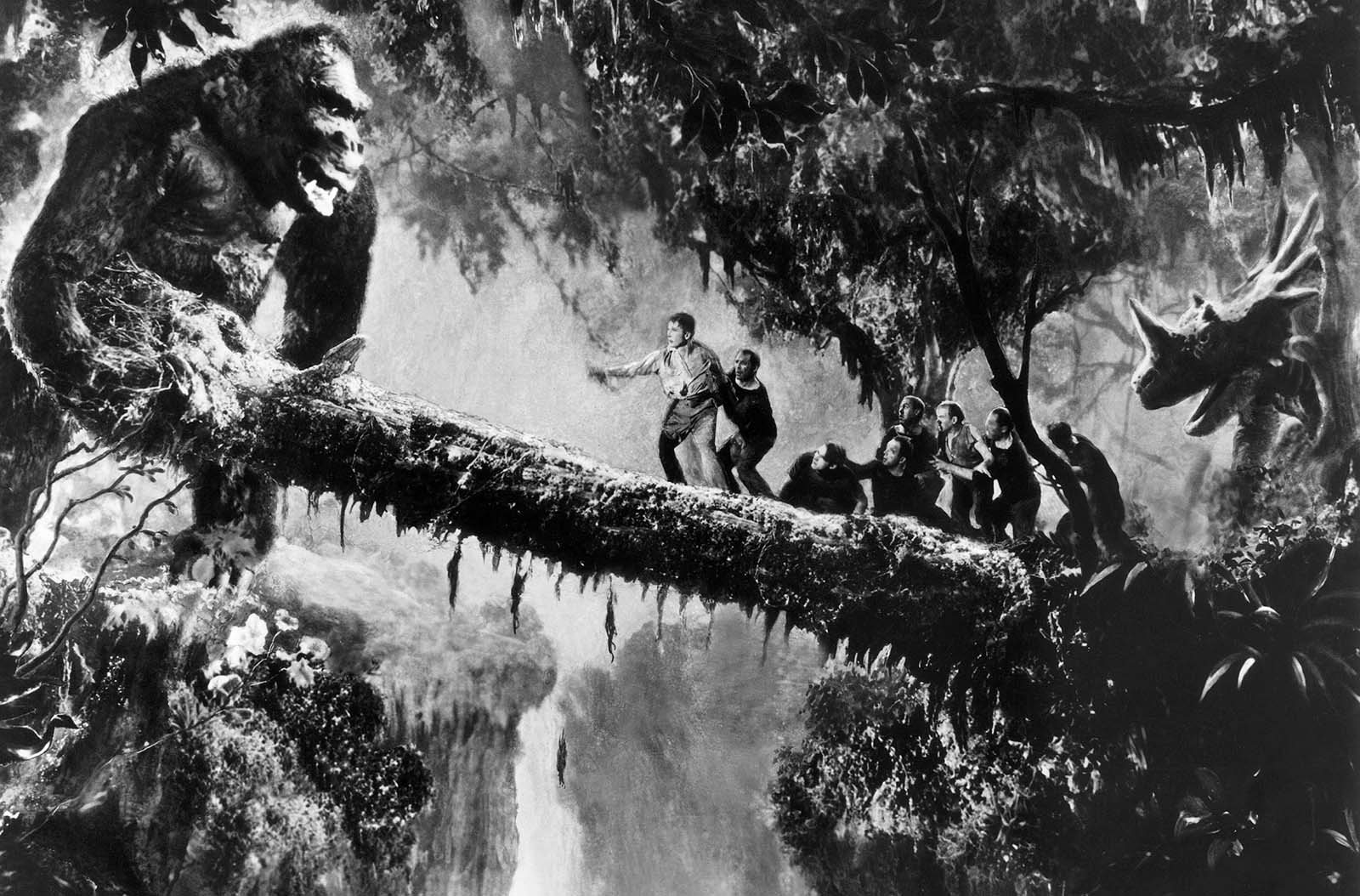
The film premiered in New York on March 2, 1933, and received positive reviews. Critics praised its groundbreaking special effects and enchanting music. By 1991, King Kong was recognized by the Library of Congress as “culturally, historically, and aesthetically significant,” officially marking the film as a milestone in cinema history.
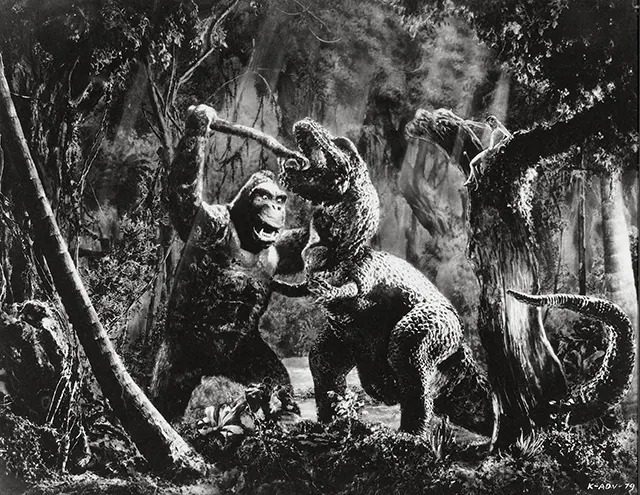
Breakthroughs in Special Effects
The film is most remembered for its pioneering special effects techniques at a time when digital technology did not exist. Special effects director Willis H. O’Brien, along with his assistant Buzz Gibson, utilized stop-motion animation to create prehistoric creatures on Skull Island. The stop-motion sequences required meticulous attention to detail in every frame. Any minor mistake could disrupt the continuity of movement, necessitating the use of a surface gauge to ensure consistency. One of the most memorable scenes is the battle between Kong and a Tyrannosaurus, which took seven weeks to complete.
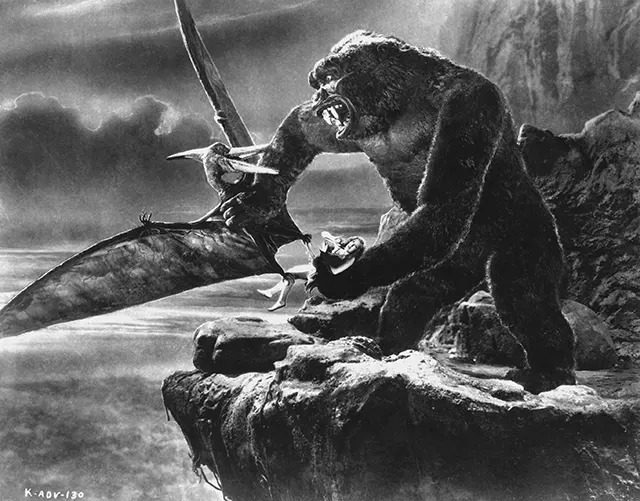
The visual effects in King Kong were created using a combination of techniques such as matte painting, rear projection, and miniatures. The scenes of the island when the Venture ship first arrives at Skull Island were made using glass paintings, later combined with elements like flying birds and live-action footage to create a seamless backdrop. The jungle scenes utilized miniature models combined with painted backgrounds on multiple layers of glass to create the illusion of depth and density.
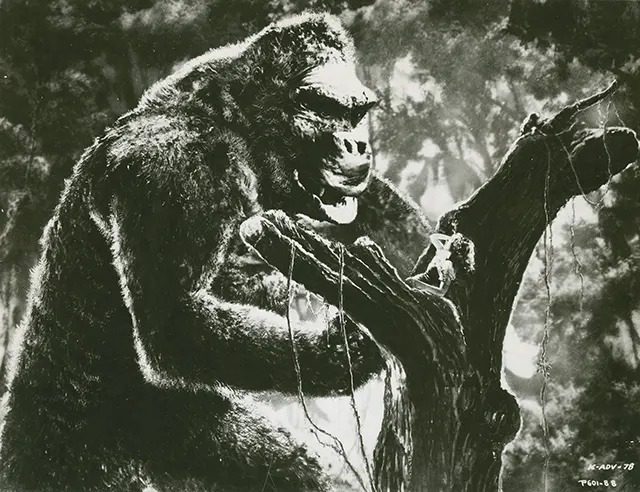
Creativity in Combining Stop-Motion Animation and Live Actors
Integrating live actors with stop-motion animation was a significant challenge at that time. Filmmakers employed two main processes: the Dunning process and the Williams process. The Dunning process, invented by cinematographer Carroll H. Dunning, used blue and yellow lighting to blend images of the actors with stop-motion animation. This technique was used for climactic scenes such as Kong’s battle on top of the Empire State Building.

Meanwhile, the Williams process, developed by Frank D. Williams, utilized an optical printer to combine multiple strips of film into a single image, suitable for wider shots. This technique was applied in scenes such as Kong shaking sailors off a log or pushing open doors.
Moreover, another widely used technique in King Kong was rear projection, where stop-motion animated scenes were filmed first, then projected onto a translucent screen placed behind the actors. In one famous scene, Fay Wray had to perform for a continuous 22 hours, reacting to the projected footage of Kong fighting behind her, creating such a realistic performance that she suffered physical aches for days after the shoot.
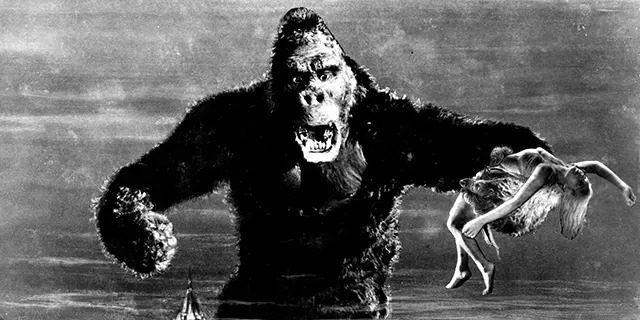
Full-Scale Models and Claims of Authenticity
In addition to stop-motion animation, filmmakers also used full-scale models of Kong’s head and shoulders for some close-up shots. These details were hand-operated to create realistic eye and mouth movements, resulting in smooth and emotive scenes, contrasting sharply with the jerky motions of stop-motion animation.
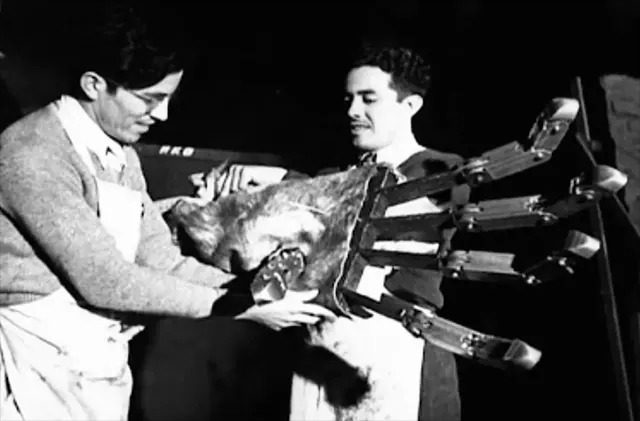
Over the years, there have been rumors that some of Kong’s scenes were performed by an actor in a monkey suit. However, film historians assert that all scenes involving Kong were created through animation, except for a few close-ups using full-scale mechanical models.
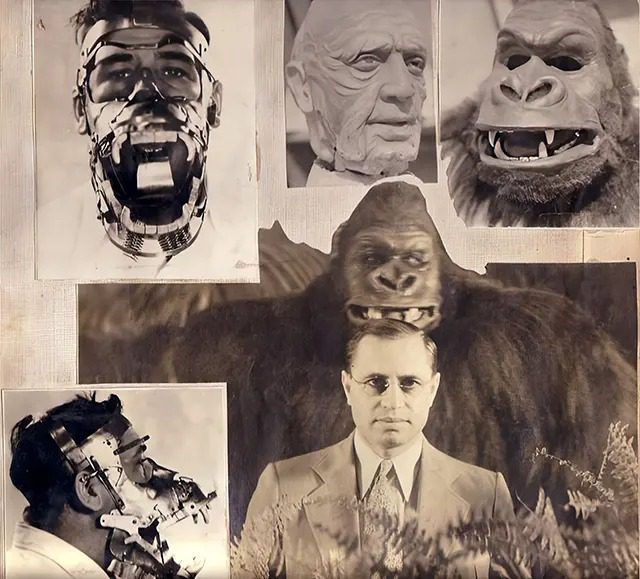
The Legacy of King Kong in Film History
King Kong (1933) is not only a classic horror film but also a technical masterpiece that laid the groundwork for future films utilizing special effects. Techniques such as stop-motion animation, rear projection, and miniatures used in the film have inspired many generations of filmmakers.

With recognition from the Library of Congress and respect from the film community, King Kong (1933) has solidified its place as one of the most influential films of all time. Its legacy continues to endure, not only in the memories of audiences but also in subsequent cinematic and artistic works.
References: Rarehistoricalphotos; Vox; Inverse













